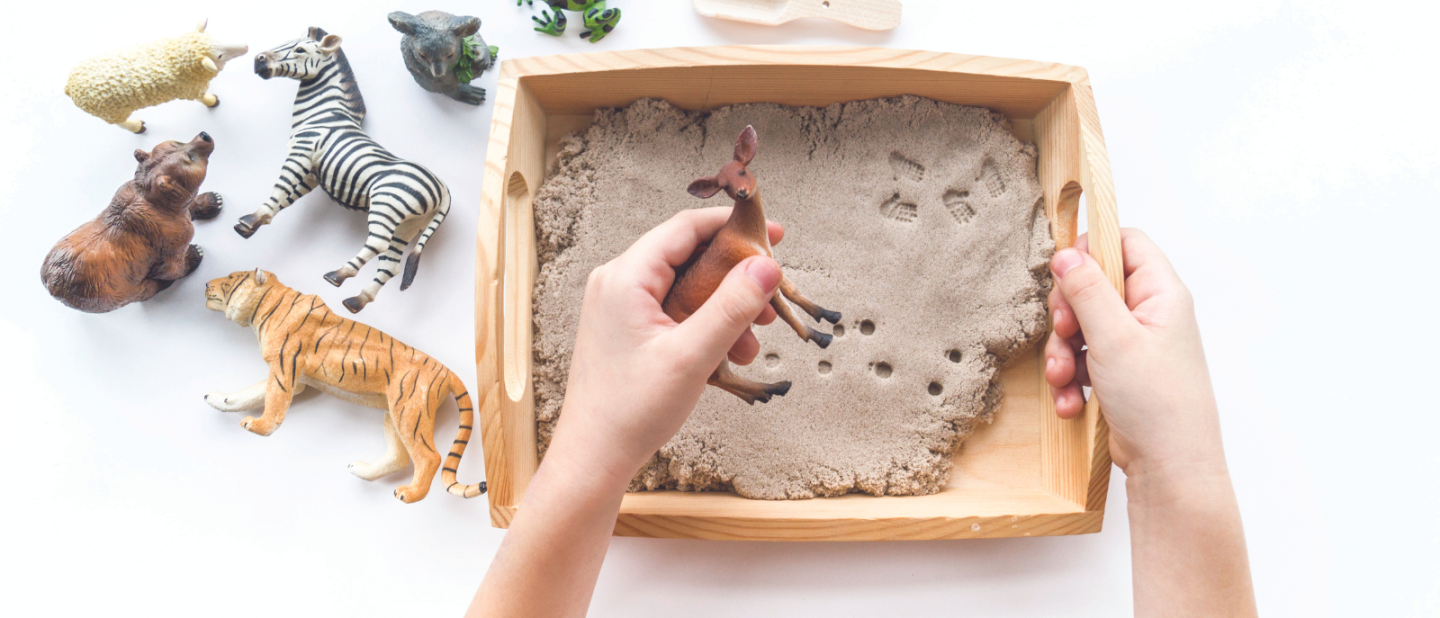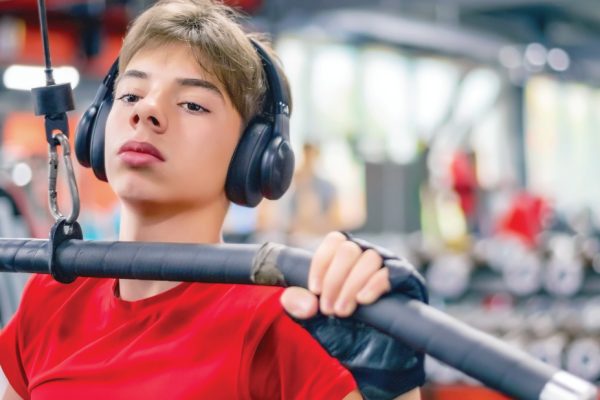
How to make a sensory friendly environment
By Sarah James of The Sensory Specialist
Could the rainbow mural and alphabet posters splashed everywhere actually be doing more harm than good? Sarah James says sometimes, less is indeed more.
As a teacher and parent, I have seen firsthand how tiring a long day of school can be for our children – especially the little ones in the younger years. There are some things we can do as teachers, carers and parents to help create a sensory−friendly environment for our kids, which will help them thrive, learn and grow. Here are some tips to help you create the ultimate sensory-friendly space.
CREATE A SENSORY CHILL OUT AREA
A sensory chill out space is an area where children can go to have a break from stimuli in their environment, such as other people, loud noise or bright lights. A sensory chill out space gives children a quiet space to go, calm down and emotionally regulate.
Choose a place where you can see them but is away from the hustle and bustle of the classroom or home. The chill out space could be a carpeted area or a padded playmat, with soft sensory furnishings such as bean bags, lounger chairs or cushions. To reduce stimulation, this area should not be too bright – can you place blue cellophane over the window or lights, or include a teepee or tent for darkness?
Include a couple of quiet activities or things to touch or hold in the chill out space, such as books, a weighted toy to cuddle or some emotions cards to look at.
LET THEM FIDGET
Fidgeting is our body’s way of releasing restless energy. Fidget toys are self-regulation tools to help with improving focus, attention and active listening. Some examples include:
Sensory Seating – such as a wiggle cushion, wobble stool, sit n gym chair or foot fidget deskerciser. Sensory seating allows kids to readjust and move themselves in a discreet way, using up restless energy and keeping them focused.
Hand fidget toys – Your child can quietly rotate a fidget toy in their hand to help stay calm. We love Tangle Jr and Hand Rollers as they are pocket sized and don’t make a noise.
Safe Chewing toys – Chewing is a sensory experience and can help children stay calm in stressful or boring situations. A chewable pencil topper or a chew necklace pendant provides a safe chewing option for kids in the classroom.
CONTROL THE AMOUNT OF VISUAL STIMULI IN THE ROOM
We know many teachers, parents and kids love decorating their classrooms and play areas. However, some children can be sensitive to visual stimuli and too many brightly coloured posters and charts can be overwhelming. Aim to include a good range of visuals on the walls while also minimising “clutter”.
INCLUDE “BRAIN BREAKS” DURING HIGH CONCENTRATION ACTIVITIES
Did you know that some theorists believe a child can only maintain their focus for two minutes per year of their age? That means that a six-year-old can only focus on a task for around 12 minutes! Break up an activity with quick breaks such as:
• A two-minute body shake out of different parts of the body
• 10 star jumps
• A walk around the yard
• A “brain food” snack such as raw vegetables and fruit
• Encourage some relaxation time throughout the day
DOWN TIME
Giving your kids the opportunity to have some quiet “down time” is important for their mental health and stops them from getting over tired and overwhelmed. Some easy DIY relaxation activities you can do at home or in the classroom include: some yoga stretches on the mat, a nature walk outside, a mindful colouring in activity, or some deep breathing exercises.
Sarah is a qualified psychology teacher, mother of two boys and owner of The Sensory Specialist (thesensoryspecialist.com.au).






